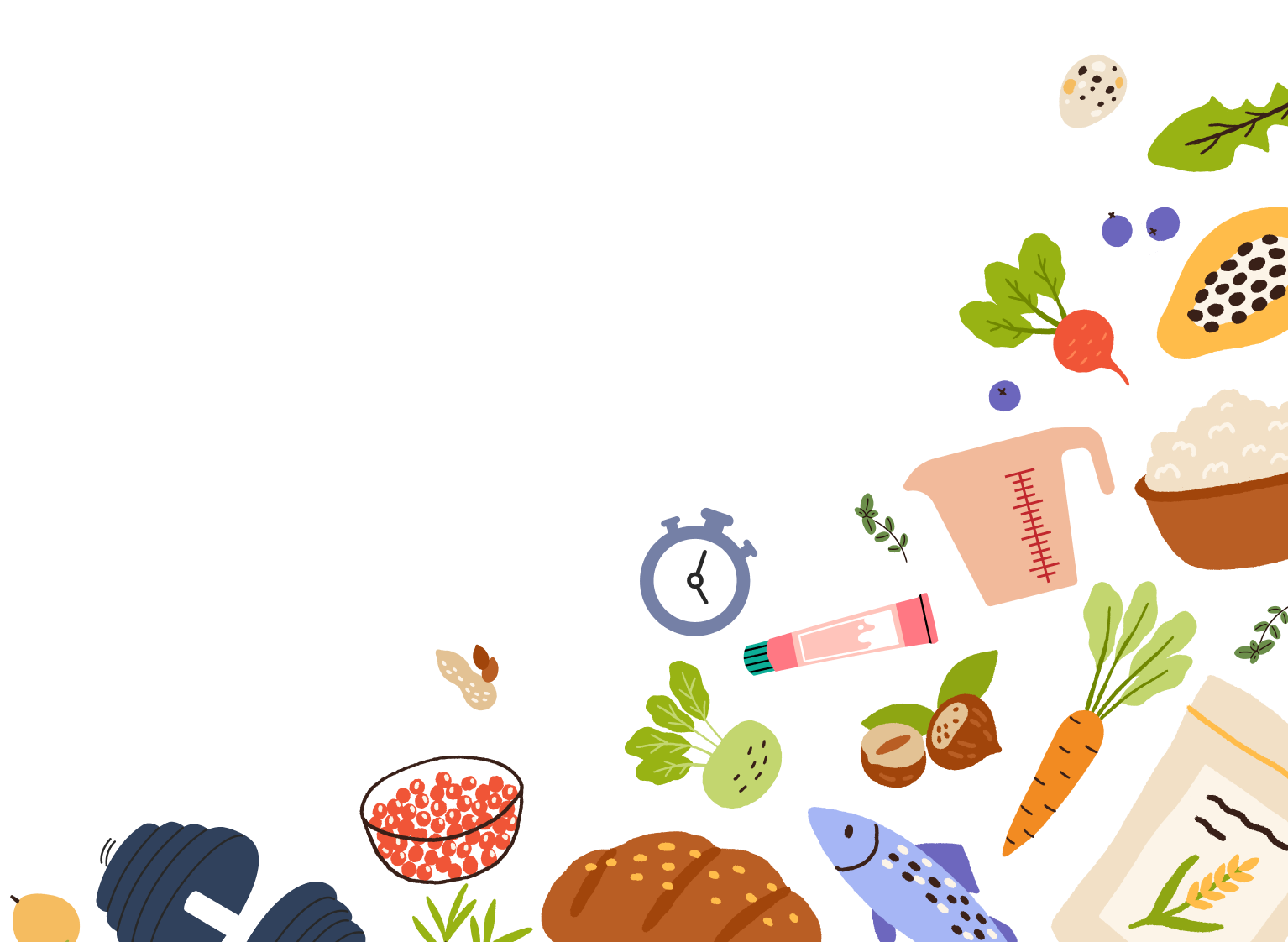Why Compost? Benefits for you and the Planet
Did you know that more than half of the greenhouse gas emissions from the food system come from food waste? What if I told you there was a strategy to cut back on the amount of food wasted and sent to landfills? There is, and it is called composting. Composting is a natural process of recycling organic materials, such as food or leaves, into a fertilizer. In addition to reducing greenhouse emissions in landfills, the benefits of composting include:
-
Limiting solid waste: Decreasing waste also decreases the cost associated with using landfills and can preserve landfill space.
-
Conserving water: Organic matter helps soil retain water more easily, ultimately requiring less water to keep soil and agriculture healthy.
-
Improving soil health: Adding organic matter to soil can reduce the need for synthetic fertilizers, meaning our food and environment are exposed to fewer artificial and chemical substances. Healthier soil also helps our food retain nutrients such as the trace minerals magnesium, zinc, and iron.
How to Compost:
To begin composting, collect food scraps and store them in a closed container. You can store this container in the fridge or freezer, under the kitchen sink, or in another convenient location. Once you have collected enough scraps, you can begin building your compost pile.
Next, choose a compost container. You can either purchase one or make your own from garbage bins, wooden crates, or plastic containers. You’ll want a nearby source of water so that you can easily add moisture to your pile. Store your pile in a dry, shady spot so that it doesn’t become too moist.
According to EPA.gov, 4 four ingredients are needed for composting:
1. Water
2. Air
3. Carbon aka “greens”
4. Nitrogen, aka “browns”
We’ll cover items 3 and 4 in the next section. Your ratio of browns to greens should be at least 2:1. Start your pile with several inches of browns, and then layer atop with greens. Continue alternating the two layers, remembering to double the amount of browns to greens. To incorporate air, make sure the container you are composting in is aerated. You can also turn your compost over every few weeks to incorporate oxygen. In warm climates or summer months, turn your compost weekly. In colder climates or months, you may be able to turn it every few weeks.
The time it takes for your compost to be ready to use depends on several factors. It may take 2-6 months or up to 1-2 years. You’ll know when it's ready when the color is nice and dark, you can no longer identify the food and waste scraps from their original form, and the texture is crumbly. The finished product will be about 1/3 of the size of the original pile.
What To Compost (and What Not To):
What to compost:
o Greens: Fruit and vegetable scraps, tea bags, coffee grinds and filters, eggshells, and nutshells
o Browns: shredded newspaper, small pieces of cardboard, grass clippings, dried leaves, house plants, hay, straw, wood chips, and sawdust
What not to compost: Pet feces, meat, and fish scraps, dairy products, fats, grease, plastics, charcoal, pesticide-treated yard materials, stickers on produce, dryer lint, and painted wood
Using Your Compost: Nourishing Your Garden and Plants:
Use your matured compost in your own home and yard by adding it to potted plants, mixing it with the soil in flower or produce beds, and using it as mulch or a lawn enhancer. If you don’t have your own garden or yard, consider giving it to others in your community! Reach out to local nurseries, farms, and community gardens to see if they have a need for compost. If you want to reduce food waste but don’t want to compost your scraps, some organizations will take just your food scraps and do the composting work themselves.
Whatever your motivation for composting—from reducing waste to improving your garden’s health—we hope this beginner’s guide helps. As always, share your composting tips with the Foodguides community in the comments below.
-
Environmental Protection Agency. (2025, April 7). Composting At Home. EPA. https://www.epa.gov/recycle/composting-home#options
-
Zhu, J., Luo, Z., Sun, T., Li, W., Zhou, W., Wang, X., Fei, X., Tong, H., & Yin, K. (2023). Cradle-to-grave emissions from food loss and waste represent half of total greenhouse gas emissions from food systems. Nature food, 4(3), 247–256. https://doi.org/10.1038/s43016-023-00710-3























Comments
Join The Conversation...